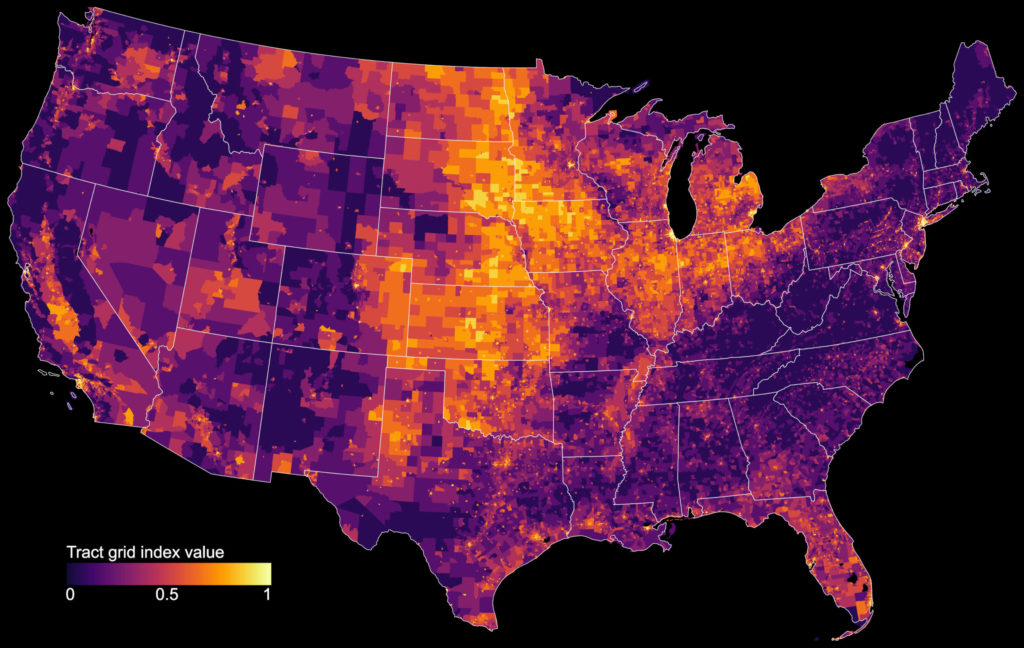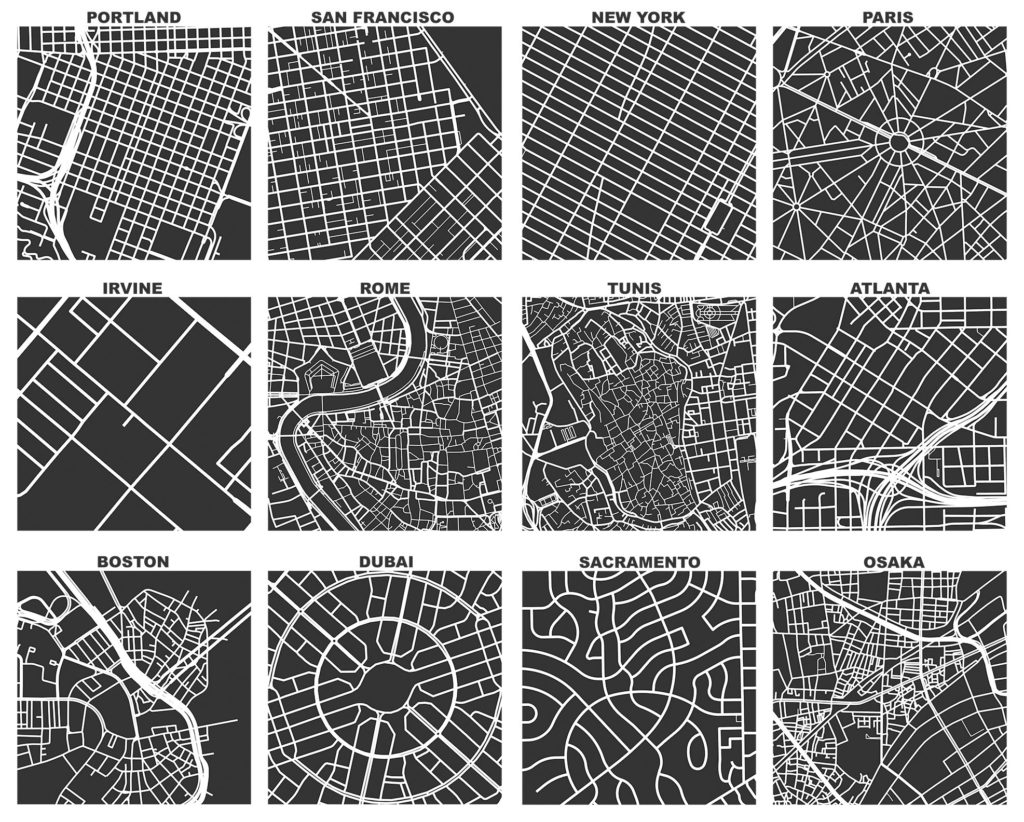Happy new year! After five years of development and over 2,000 code commits from dozens of contributors, OSMnx v1.0 has officially been released. This has been a long labor of love and I’m thrilled to see it reach this milestone.
Much has changed in recent months with new features added and a few things deprecated. Most of this development occurred in a major overhaul over the summer, which I covered at the time in three previous posts. Among these dozens of enhancements were major speed and efficiency improvements throughout the package, better visualization, a new geometries module for retrieving any geospatial objects from OSM, topological intersection consolidation, and much more. I encourage you to read those posts to familiarize yourself with what’s new.

